Delhi's military strategy - readiness to fight on two fronts
The government of India has decided to increase the military budget of the fiscal year 25-2011 by 2012 percent, according to the Indian Express. As expected, the Indian Ministry of Defense will receive 560 billion rupees (12,4 billion dollars) next year. The budget for the fiscal year 2010-2011 is 450 billion rupees. Indian armed forces are preparing for the ability to confront two opponents - Pakistan and China. Therefore, there are several major programs for the development of new weapons and equipment in the country, and Delhi has announced several major tenders for the supply of weapons.
Back in the beginning of 2010, the commander-in-chief of the Indian army, Deepak Kapoor, stated that “the Pakistan front was strengthened back in the 2005 year, with the creation of a separate group of forces in the south-west direction. And now, India has focused on building a counterweight to China. Both directions — southwest and northeast — will be considered equally important. ”
To be able to be prepared for war on two fronts, India at the same time strengthens ground forces with heavy weapons and improves the Air Force, Navy, and air defense system. Also, much attention is paid to the development of rocket forces, new ballistic and cruise missiles are being created.
Pakistan problem
Until 1947, India and Pakistan were a single territory - British India, that is, historically modern Pakistan is part of Indian civilization. After World War II, Great Britain was forced to give freedom to the “pearl of the British crown,” but that India did not become a superpower it was artificially divided into Hindu and Islamic parts. As a result, a bleeding wound was formed, which periodically leads to wars and armed conflicts: 1947 - 1949, 1965, 1971, 1998 - 1999 and 2001 - 2002. During the massacre of 1947-1949. more than half a million people were killed and about 12 millions became refugees. There are disputed territories - the state of Jammu and Kashmir. Currently, Pakistan is one of the most unstable regimes of the planet, while possessing a powerful army (6-th in size in the world), which is constantly increasing its weapons with the help of the United States and China. Worse, in 1998, Islamabad became the owner of a nuclear weapon, and this time it is intensively increasing the Nuclear Forces - adopting new ballistic and cruise missiles capable of carrying a nuclear warhead. At the beginning of 2011, information was received that Pakistan became the 5 state, in terms of the number of nuclear warheads, second only to the United States, the Russian Federation, China and France.
The possibility of war with the PRC
India has unresolved disputes with China, China seized Tibet, and the border between India and Tibet was not clearly marked. The PRC does not recognize the so-called McLabon line held by the British. Two areas are considered controversial: one of them, an area of 200 square miles, in the north-eastern part of Kashmir is Aksai-Chin. The second disputed area is located in the northern part of the modern state of Arunachal Pradesh, covering an area of 32 thousand square miles along the Sino-Indian border approximately 700 km long.
This led to two Sino-Indian border conflicts - 1962 and 1967. In the 1962 war of the year, the Indian armed forces were defeated, losing two divisions. The territorial dispute then swells, but as the PRC and India strengthen, turning them into regional powers, their rivalry for influence in South Asia is becoming more and more acute. India gradually gives way to China, it actively cooperates with Pakistan and Bangladesh, surrounding Delhi with friendly states. And even penetrates states like Ceylon, which has always been influenced by India. China strengthens its position in the Indian Ocean, builds a naval base in Pakistan, has military bases in Myanmar, Bangladesh, and the Maldives. China has already become a superpower, having displaced Germany and Japan in terms of its economy, this worries Delhi.
Several strengthens the position of India, that most of the Indian-Chinese border is high in the mountains, which will not allow Delhi and Beijing to enter into a large-scale clash.
Strategy delhi
- In every way it strengthens the armed forces, accepts large-scale arms purchase programs abroad, tries in every way to stimulate its production of weapons and military technologies, in order to get rid of the dependence of external supplies.
- For many years, India’s position was reinforced by friendship with the Soviet Union, at present Delhi maintains military-technical cooperation with the Russian Federation in such important areas as: joining an 5 fighter to the development, the development of the BrahMos supersonic anti-ship missile, the Russian Federation is building an aircraft carrier for India, Delhi is one of the largest buyers of Russian weapons.
- Delhi is trying to be an ally of the United States, but it turns out badly - the US is an ally of Pakistan, and it is playing a game with the PRC - recently proposed the creation of the “Union of Two Sverdlov”.
Militarization of India
- In the 2013 year, the Indian Navy should receive the aircraft carrier Admiral Gorshkov - Vikramaditya; to him, the shipboard MiG-2K in the 29 and 16 aircraft were bought from the Russian Federation 36.
Information: The MiG-29K is a multi-generation fighter of the 4 ++ generation and can be based on aircraft carriers with a displacement of at least 28 thousand tons. The aircraft has a folding wing, has low visibility and increased capacity of fuel tanks. The MiG-29K can reach speeds of up to 2,2 thousands of kilometers per hour, and fly thousands of kilometers to 1,5. The aircraft is armed with a 30-millimeter cannon and has seven suspension points for guided missiles for air combat, anti-ship and anti-radar missiles, as well as adjustable bombs.
- Approximately in 2014-2016, Delhi plan to receive the first heavy aircraft carrier of its construction, part of the Russian MiGs will be based on it. In addition, it is planned to build a 3rd aircraft carrier, Delhi wants to have 3 aircraft carriers as part of its Navy. The aircraft carrier has a length of 260 m, a displacement of 40.000 tons, a speed of 28 knots, aviation The fleet should consist of 40 aircraft, including MiG-29K fighters. Currently, the Indian Navy continues to operate the aircraft carrier INS Viraat (formerly English HMS Hermes), purchased in 1986.
- India is upgrading the MiG-29 fighter jets and will extend their service life from 25 to 40 years.
- India plans to upgrade the Mirages-2000 and the Jaguars. Commander of the Indian Air Force, Chief Air Marshal P.V. Naik (PV Naik) said that in March of this year, the Air Force hopes to sign a long-awaited modernization contract with France for the 50 Mirage-2000 fighters worth 2,1 billion. Aircraft should receive new avionics and EW systems, the service life should be extended by 20 years.
Regarding the replacement of engines on Jaguar fighter-bombers, the marshal said he had issued requirements for Honeywell and Rolls Royce. "We are going to replace power plants on 60 machines and additionally purchase more 200 engines."
- India and Russia have finalized an agreement on the joint development of the fifth generation FGFA fighter aircraft in the amount of 6 billion US dollars, which has buried the prospects for India to join the American F-35 program.
- The Indian Navy announced a tender for the supply of 4 amphibious helicopter dock ships, reports PTI. New ships will be purchased subject to a license transfer. At the same time, foreign companies will have to create joint ventures with Indian shipbuilding enterprises to participate in the tender. All ships purchased must be built in India. According to the requirements of the Indian Navy, the length of the helicopter should be at least 200 meters. Ships should be adapted to transport the main combat tanks, heavy trucks, infantry fighting vehicles and armored personnel carriers. In addition, helicopter carriers should be designed in such a way that heavy military transport helicopters can take off from their deck. On ships must be installed anti-aircraft missile systems and melee systems, which will be used for self-defense. Currently in service with India is only one landing ship dock, the Jalashwa, bought from the United States in 2007 for $ 48,4 million.
- Indian Navy announced a tender for the supply of 10-t landing boats. The landing capacity of the ships must be at least 55 tons. Such a boat should be placed on board a large assault ship of the "Mgarr" or "Shardul" class, as well as an amphibious assault ship "Dzhalashva". Boats must be fitted to transport 150 fighters and one T-72 or T-90 tank, or two infantry fighting vehicles, or two tons of 2,5 trucks each or four light armored vehicles. The length of the boat should not exceed the 23 meter. New ships must reach speeds of up to 15 nodes when fully loaded, and their service life between calls at the dock must be at least a month or 200 miles when fully loaded. The boats should be equipped with two diesel engines with a jet propulsion unit. Ships should be designed in such a way that they can be used both day and night. According to the requirements of the military, boats should be armed with two single machine guns.
- The program for the creation of the Indian lightweight multi-purpose 4 fighter of the HAL Tejas generation ("Diamond") is coming to an end. The prototype made the first flight of 4 on January 2001 of the year. Currently being developed double training and deck versions of the aircraft. For the Indian Air Force, it is planned to build about 200 fighters, as well as 20 two-seat training aircraft. The need for the Navy is estimated at 40 aircraft. The Indian company Aeronautical Development Agency, a member of the Defense Research and Development Organization (DRDO) of India, is developing an improved version of Tejas - Mk.2, which will fly in the year 2015-2016. The fighter will receive new engines, larger fuel tanks, new life support systems for pilots and avionics. In addition, it is planned to significantly reduce the mass of the empty aircraft.
- Started a project to create an Indian fighter 5-th generation - AMCA (Advanced Medium Combat Aircraft), reports Flightglobal. As expected, by the end of 2011, the formation of the project and the analysis of its feasibility will be completed. Flight tests of the fighter will begin at the end of this decade, and it is planned to adopt AMCA by 2025 year. According to preliminary data, AMCA will be larger than the Indian Tejas fighter, but less than the FGFA being built on the basis of the Russian T-50. The mass of the fighter will be about 20 tons, and the combat radius - about a thousand kilometers. The new aircraft will occupy a niche between light Tejas fighters and heavy FGFA.
- The Indian Navy has announced a tender for the supply of 9-amphibian aircraft to be used for reconnaissance operations between the Andaman and Nicobar Islands and Lakshadweep, reports Defense Aerospace. New aircraft will also participate in search and rescue operations and communication between the islands. Back in March, 2010, the tender for the supply of 6-seaplanes announced the Indian Air Force.
- The Indian Ground Forces have adopted the first four nationally developed DRDO Nishant unmanned aerial vehicles, Outlook India reports. Initial delivery of the first drones the Indian army was scheduled for the end of 2009 - the beginning of 2010, but later the transfer of the devices was postponed to a later date. The Nishant has been under development since the early 1990s, and the first flight was in 1995. The Nishant tactical UAV can be used day and night for reconnaissance and target designation. Nishant can stay in the air for 4,5 hours and reach speeds of up to 185 kilometers per hour. The mass of the UAV is 380 kilograms. Also, India is developing its own strike UAV. Development is carried out by ADE, DRDO laboratory. It is assumed that the new device will be built according to the "flying wing" scheme, and stealth technologies will be applied in it.
- The Ministry of Defense of India announced a new tender for the supply of howitzers for the ground forces, according to India Defense. The competition will be attended by foreign weapons manufacturers. The winner will have to deliver 400 cannons to India and hand over licenses to manufacture more 1000 units of such weapons. The total transaction amount is estimated at 2,34 billion dollars. The arsenal of the Indian army has not been updated over the past 26 years. Currently, the Indian Army uses guns caliber 105, 130 and 155 millimeters. Most of them are already significantly outdated. In order to partially update the arsenal of the army, in parallel with the tender, the Indian Ministry of Defense intends to buy 145 light gauge 777 millimeters from the US 155 light howitzers.
- India became the first foreign customer of the P-8I Poseidon long-range maritime anti-submarine reconnaissance aircraft. 1 January 2009 India signed an agreement with Boeing for the supply of X-NUMX P-8I aircraft. The first aircraft must be delivered in January 8 of the year, the remaining seven will arrive before 2013 of the year. Delhi plans to then get some more of these planes.
- The organization of defense research and development (DRDO) of India in the summer and winter of 2011 will test an improved version of the main combat tank Arjun Mark II, according to IANS. Arjun Mk.II will differ from the basic version of the tank ability to launch anti-tank missiles through the barrel of the gun. New laser-guided missiles will be able to hit enemy armored vehicles up to eight kilometers away. In addition, the tank will receive improved active-reactive armor, guidance and surveillance systems, night vision systems and communications equipment. Currently, India’s ground forces are armed with the first version of the 124 tank Arjun. In the middle of May 2010, shortly after the comparative tests of the Arjun and T-90 of the Russian assembly, the Indian army ordered another 124 tank, which will also be delivered in the first version.
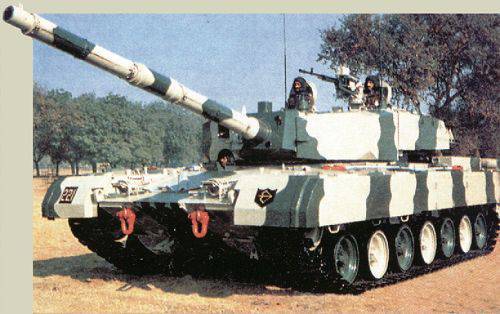
- The ground forces of India have completed the formation of a list of requirements for the prospective main combat "tank of the future" FMBT (Future Main Battle Tank), reports Defense News. The corresponding document has already been handed over to the Defense Research and Development Organization (DRDO) of India, which will have to complete the creation of a new combat vehicle by the 2020 year.
- The Indian Air Force intends to order an additional batch of X-NUMX Su-42MKI fighter jets, which Hindustan Aeronautics will be engaged in assembling. To date, Hindustan Aeronautics has orders for 30 combat aircraft, 180 of which have already been transferred to the Indian Air Force. As expected, until 130, India’s 2020 fighter Su-272MKI will be in service with India, which will form the basis of the country's fighter fleet. Starting from 30, the Indian Ministry of Defense intends to modernize all Su-2012MKI in service with the country.
- Delhi announced a tender for the purchase of lots of light, shock and heavy transport helicopters. Russian helicopters participate in them, for example: Mi-26, Mi-28.
This far incomplete list shows that Delhi is seriously considering the possibility of a new conflict on its borders, which could escalate into a full-scale war. And he is making truly titanic efforts to turn his armed forces into an army armed with the latest achievements of military science and technology. Large-scale development programs have been adopted for the Air Force, Navy, Rocket Forces, Air Defense, Land Forces. The Organization of Defense Research and Development (DRDO) was created in order to create a full-fledged military-industrial complex, getting rid of the dependence of the supply of foreign weapons and technology.
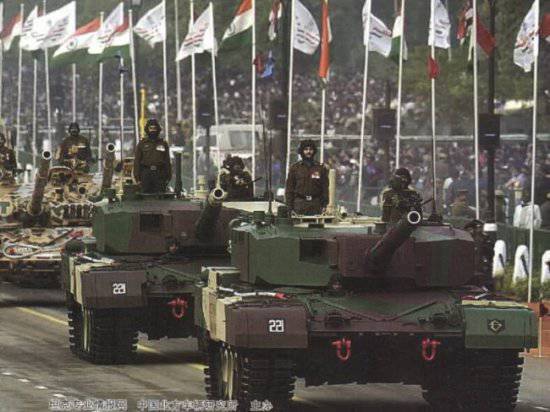
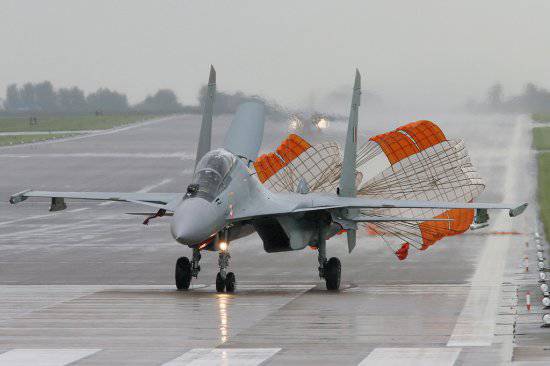
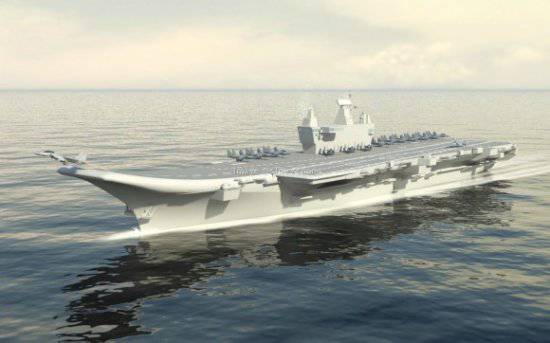
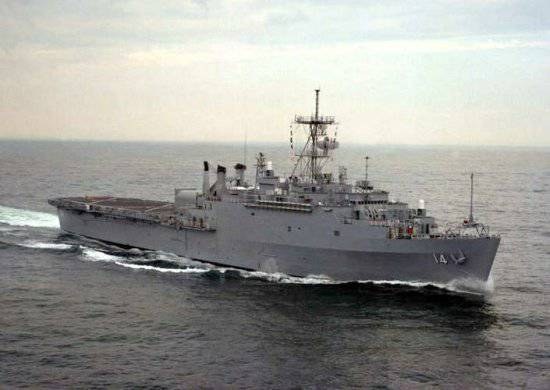
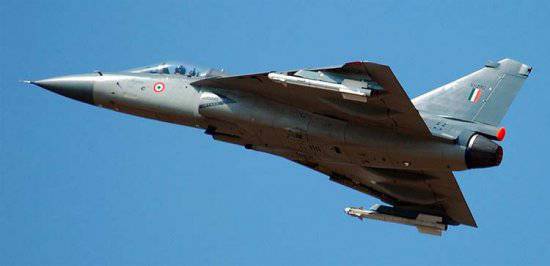
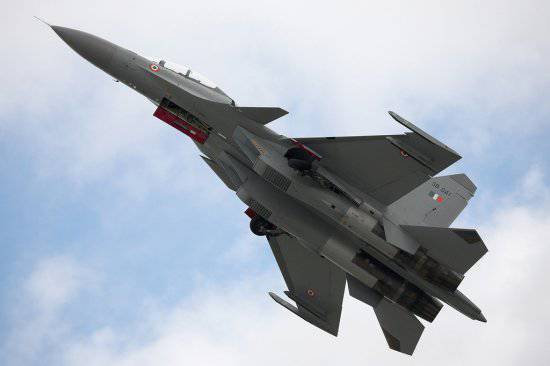
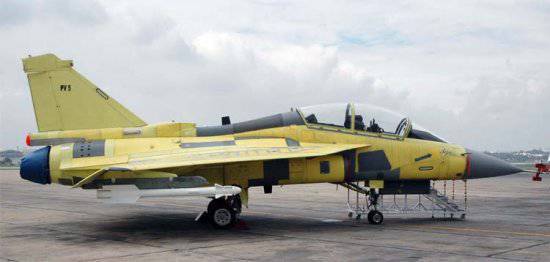
Information